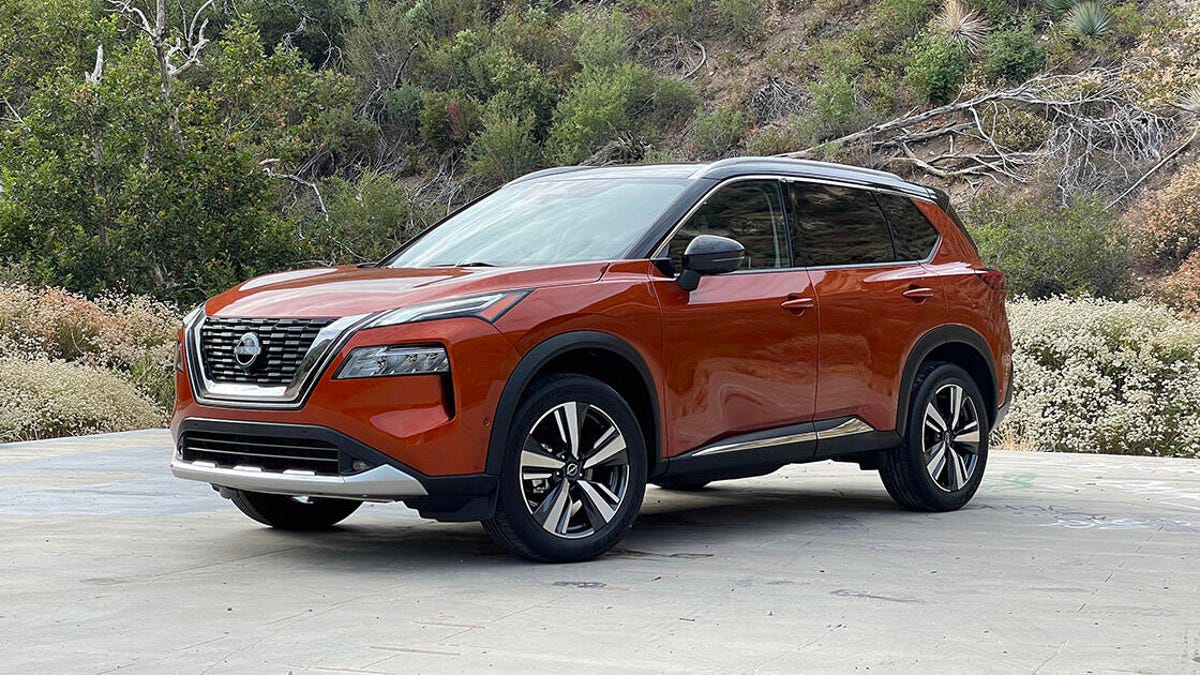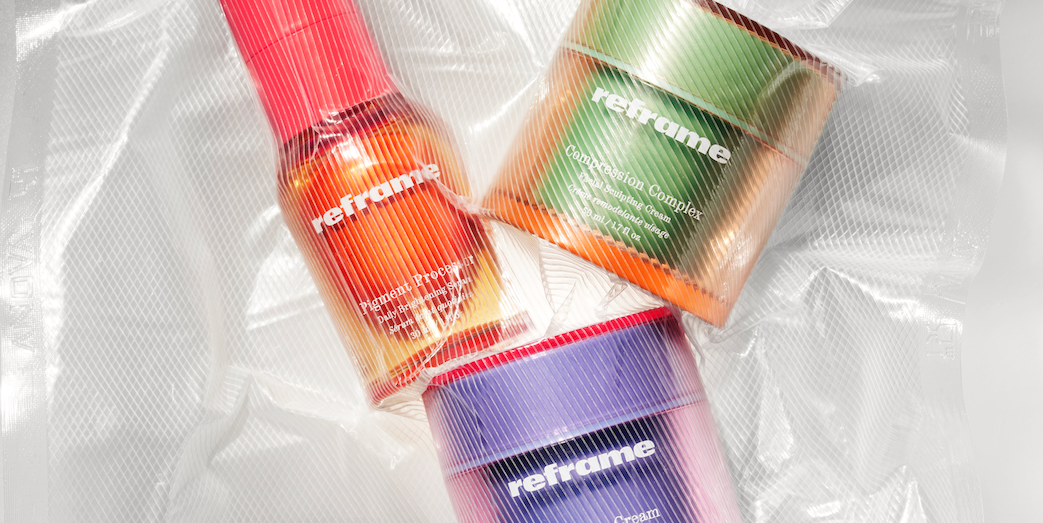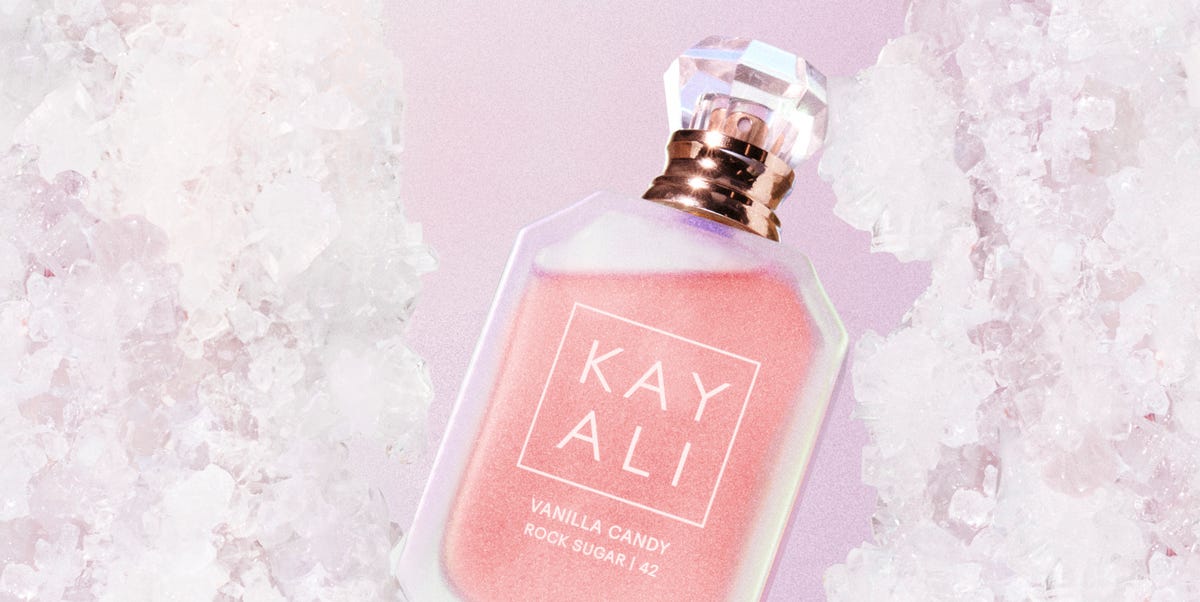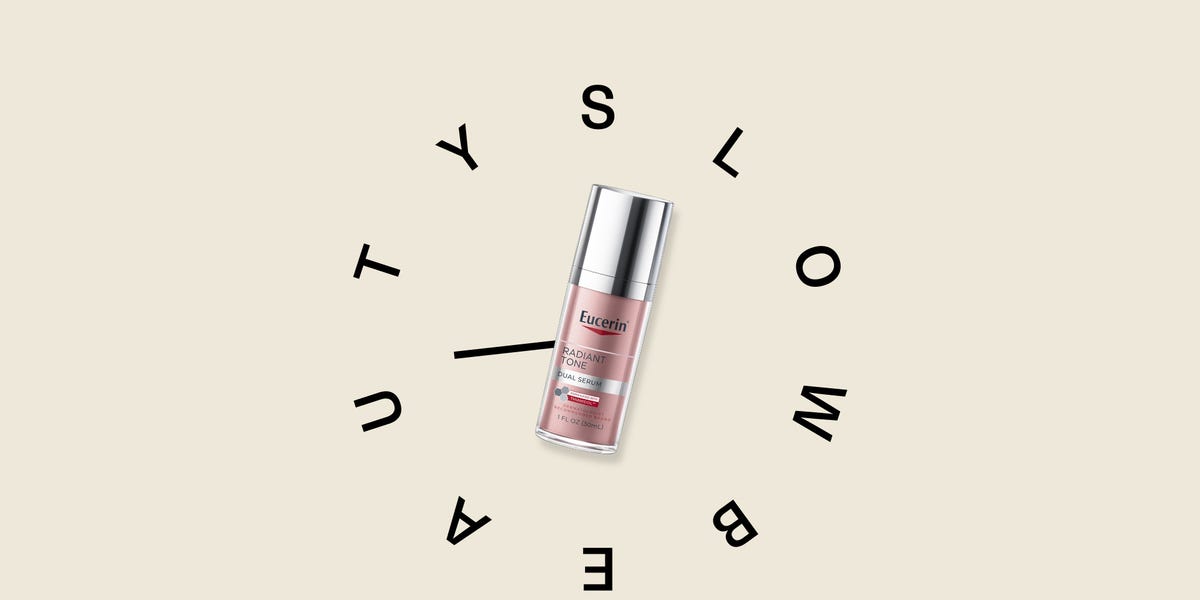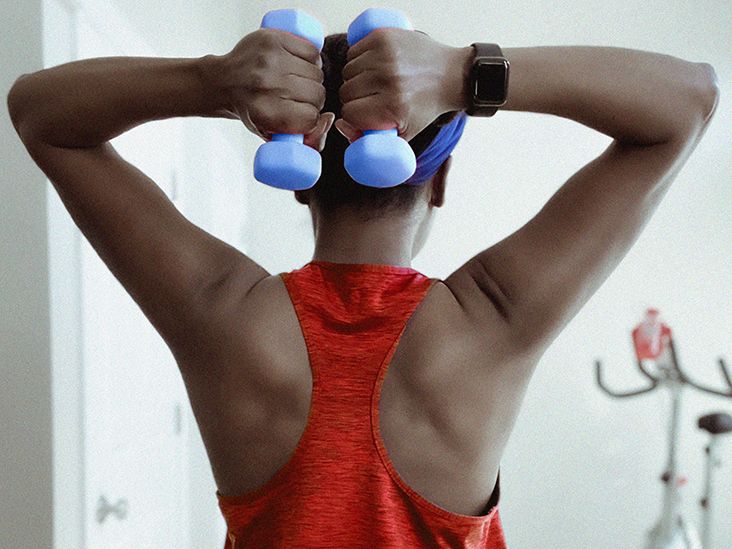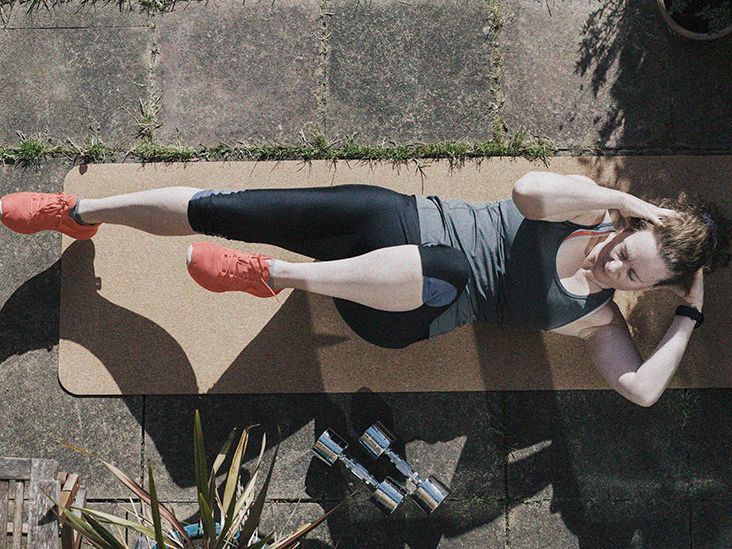The Best Dutch Ovens, Meticulously Tested by Our Trusted Staff


The mighty Dutch oven the ultimate one-pot-wonder for all your braises, soups, and stews, but not all are created equal
A cauldron of sorts, a good Dutch oven — also known as a cocotte — is the best vessel for conjuring all sorts of practical magic (read: soup). Designed for maximum heat retention and long, slow cooking, a Dutch oven is a versatile kitchen essential for the stovetop and oven. Pretty much any time a recipe calls for a ‘heavy-bottomed pot,’ a Dutch oven will do the job. Not only are they ideal for braising and roasting, they’re also great for baked pasta and even deep frying.
I’ve amassed a small, prized collection of Dutch ovens over years of experience in professional kitchens and as a daily home cook for my family of four, and each one serves a special purpose, from baking no-knead bread to cooking up black-eyed peas on New Year’s Day to braising a proper coq au vin.
There are tons of brands on the market right now making colorful, reliable, beautiful Dutch ovens; three of the most well-known are Le Creuset, Staub, and Lodge, but there are also newer players such as Great Jones, Smithey, and Caraway. I put the cooking vessels from these brands to the test over months, sometimes decades, of regular use; these are the ones that stood up to every challenge.
Le Creuset
A beloved culinary heirloom, Le Creuset makes the gold standard of Dutch ovens. I’m still using the one I borrowed from my parents’ kitchen 20 years ago, after who knows how many years of it being used to make our family’s beef stroganoff and day-long Bolognese. The enameled interior shows a few signs of wear from over the years, but it only adds to the pot’s vintage charm.
Le Creuset’s lids are designed with raised bumps that function as condensation points, creating what Le Creuset calls a ‘self-basting’ effect, which makes it sounds more like a turkey than what it is — a clever way to keep moisture locked in and moving around so that food cooked in the Dutch ovens stays tender and juicy. It’s also one of the lighter-weight enameled cast iron Dutch ovens on the market, at 9.6 pounds, which is a nice feature but not a huge concern for me, personally.
Cleaning the enameled cast iron is easy, but according to Le Creuset, the Dutch oven is dishwasher safe, though I would never. (For any stuck-on spots, I bring a little water and baking soda to a simmer and then go at it with a dish wand.)
Pros:
- Timeless, classic quality
- Enameled cast iron is quick to heat and able to produce a nice, even sear
Cons:
- The nearly $400 price point makes this a considerable investment.
Staub
Another BIFL (Buy It For Life) brand, Staub’s Dutch ovens are known for providing a consistent, precise cooking experience, brilliantly braising and roasting big cuts of meat. (It’s my choice for my annual Hanukkah brisket.)
Staub’s Dutch oven also boasts lid spikes that facilitate the recirculation of condensation, keeping roasts perfectly moist. The oval shape provides a vast cast-iron cooking surface that’s made for getting a perfect sear, and the dark interior means scratches from use are basically invisible — plus, there’s no need to worry about seasoning the enameled interior.
While Staub’s 6.5-quart oval cocotte is on the splurgier side, if you consider the cost per usage over your entire lifetime, it’s actually quite reasonable. And for me, it’s also a bit of a showpiece, meant to be trotted out when there’s an audience around the table to admire it.
Pros:
- Biggest cooking surface and a reliably good sear
- Dark interior means blemishes are less noticeable
Cons:
- The higher price point makes this a bit of a splurge
- The large size may be too much for smaller kitchens
Caraway
With its flat top handle and snug side handles, the look of Caraway’s 6.5-quart Enameled Cast Iron Dutch oven is distinctly contemporary, an heirloom for these modern times. But the functionality is all old-world, with excellent heat retention that works well for long-term projects like pork shoulder or lamb roast.
This one sits up pretty tall (6.8 inches compared to Le Creuset’s five inches), which can be tricky if you’re transitioning from the stovetop to the oven, so make sure to get those racks in position in advance.
Pros:
- Good heat retention
- Nonstick enameled cast-iron contributes to less sticking
Cons:
- Shows more signs of use more than some of its competitors
- the tallest of the bunch— can be unwieldy to take in and out of the oven
Great Jones
Sometimes, a big Dutch oven is more than I need, and for those occasions, I go with the Great Jones Dutch Baby, which I love for making batches of Roberto or sundubu-jjigae. With its petite size, six fun matte and glossy colorways, and lower price point, the 3.5-quart Dutch Baby is the perfect choice for a first kitchen, apartments, couples, and single cooks, and you can have them monogrammed, which is a nice gifty touch.
The wide, rounded handles on the lid and sides are well-suited for transporting the pot from the stove to to the table, but they tend to get hot quickly, so handle with caution.
Pros:
- Good for small spaces
- Functional and attractive
- Most affordable of the bunch
- Highly giftable and can be engraved
Cons:
- The sear can be a bit inconsistent, but this is still a great choice for smaller batches of soups and stews
Smithey
A departure from the slick enameled Dutch ovens, this American-made cast-iron cauldron stands up to scratching and can withstand being used over a roaring campfire. Just imagine this stunner filled with a smoky beef chili that you can tuck into after a day of hiking. At around 14 pounds with the lid on, it’s a bit on the heavy side, but that weight telegraphs the pot’s durability and timelessness.
Don’t let the cast iron intimidate you. This polished cast iron is easy to clean and extremely resistant to damage. (No more chipped enamel!) In fact, the Dutch oven only improves with age and use. We should all be so lucky.
The oven comes pre-seasoned with grapeseed oil, but for the first cook or two, you should choose a fatty cut of meat or a dish that calls for a lot of oil to give it that extra layer of seasoning.
Pros:
- Durable AF — American-made and built to last
- Polished cast-iron is easy to clean with just soap and water; can be engraved
Cons:
- Heavy (about 14 pounds with the lid on)
- Among the biggest investments of the bunch, bang-for-your-buck-wise
So, which Dutch oven is right for me?
As you can see from the breadth of options above, it all depends on your priorities. If you want something classic and timeless, it’s hard to beat Le Creuset; if you’re Dutch-oven-curious and live in a teeny tiny apartment, a Great Jones cocotte might be just the ticket. Thankfully, with all of the brands outlined here, you can’t truly go wrong.























































































